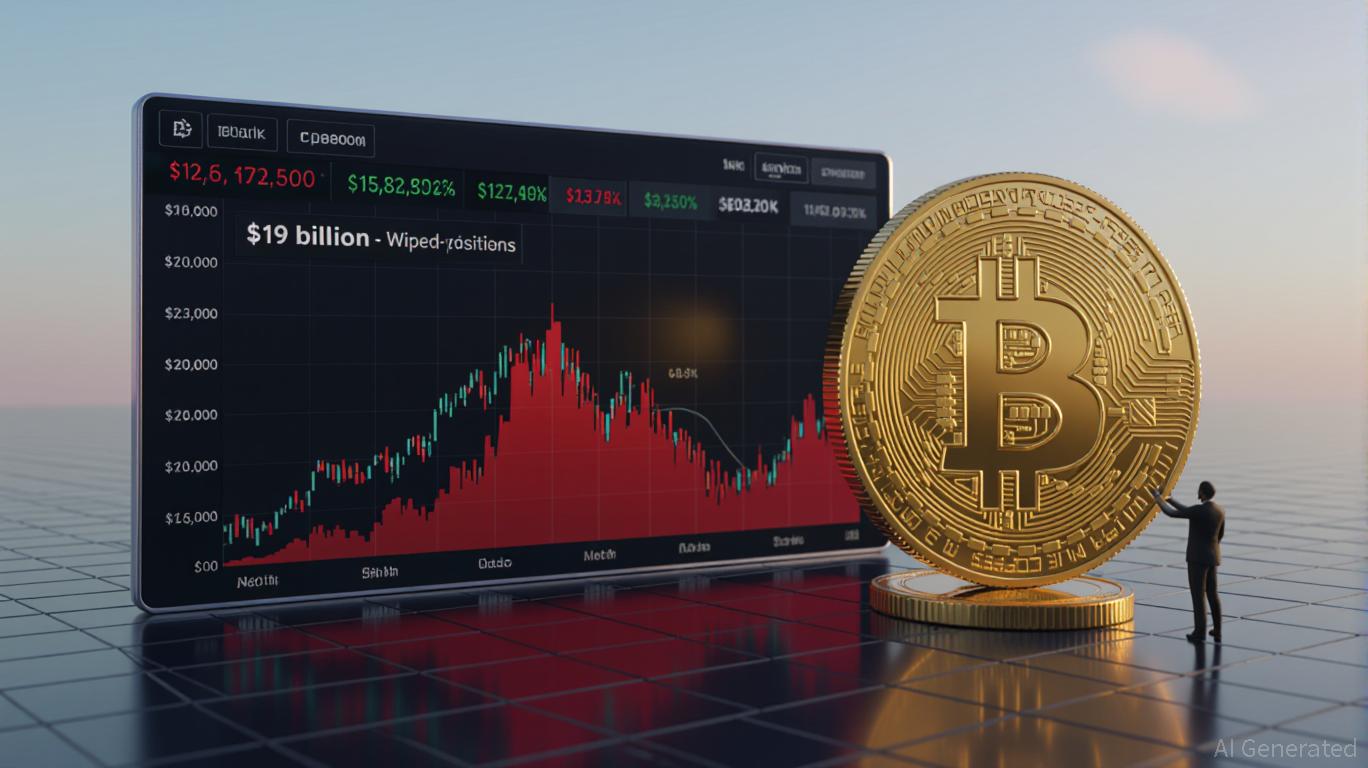Klarna Launches KlarnaUSD Stablecoin to Cut Global Payment Costs
Klarna has introduced KlarnaUSD, its first stablecoin, aiming to lower global payment costs and deliver faster settlement across its network.
Klarna has launched its first stablecoin, KlarnaUSD, marking a major shift for the global digital bank and BNPL provider.
Klarna becomes the first regulated payments provider to launch a stablecoin on Tempo, a payments-focused blockchain developed by Stripe and Paradigm. The firm says the move could help reduce the world’s $120 billion annual cross-border payment fees.
Understanding KlarnaUSD
KlarnaUSD is a US-dollar-backed stablecoin issued through Open Issuance by Bridge. It’s a Stripe company that handles compliance, reserve management, and redemption.
Klarna gains a branded digital asset while avoiding the operational burden of running its own stablecoin program.
Introducing KlarnaUSD, our first @Stablecoin. We’re the first bank to launch on @tempo, the payments blockchain by @stripe and @paradigm.With stablecoin transactions already at $27T a year, we’re bringing faster, cheaper cross-border payments to our 114M customers.Crypto is…
— Klarna (@Klarna) November 25, 2025
The launch follows new data from McKinsey showing stablecoin transactions have reached $27 trillion a year. The firm plans to integrate KlarnaUSD across its network, which processes $112 billion in GMV for 114 million users.
The token is built for payments, not trading. KlarnaUSD runs on Tempo’s testnet today with a planned mainnet launch in 2026. Tempo offers fast settlement, high throughput, and low fees.
“Crypto is finally at a stage where it is fast, low-cost, secure, and built for scale. This is the beginning of Klarna in crypto, and I’m excited to work with Stripe and Tempo to continue to shape the future of payments,” said Sebastian Siemiatkowski, co-founder and CEO of Klarna.
How KlarnaUSD Will Work
Klarna plans to use the stablecoin inside its own payment stack before offering public access. Initial uses include merchant payouts, cross-border settlement, refunds, and internal funding flows.
These processes currently rely on slow correspondent-banking systems and card-network settlement cycles.
By issuing KlarnaUSD through Bridge, Klarna receives a fully backed, redeemable stablecoin without managing reserves or regulatory reporting.
Tempo’s architecture then moves KlarnaUSD like digital cash, enabling instant settlement across markets. Klarna expects this design to reduce friction across its 26 supported countries.
Why Klarna Is Launching a Stablecoin
According to the firm, cross-border payments remain costly and inefficient. The company cites the global $120 billion fee burden as a key reason for adopting stablecoin rails. Faster settlement also improves cash flow for merchants using Klarna’s BNPL and checkout services.
Klarna’s move aligns with a broader push among large retailers and fintech firms exploring stablecoins to bypass traditional rails.
The partnership builds on Klarna’s long-standing relationship with Stripe, which already powers payments infrastructure across many of Klarna’s markets.
KlarnaUSD is not yet open to users. The company plans to reveal additional crypto initiatives and partners in the coming weeks.
Disclaimer: The content of this article solely reflects the author's opinion and does not represent the platform in any capacity. This article is not intended to serve as a reference for making investment decisions.
You may also like
Bolivia eyes crypto and stablecoins to fight inflation and US dollar shortage

COTI and Houdini Swap Integrate Privacy and Regulatory Compliance to Support Institutional Blockchain Integration
- COTI partners with Houdini Swap to enable confidential cross-chain swaps, preserving user privacy while maintaining regulatory compliance for institutional adoption. - The integration uses non-custodial architecture and split-transaction routing to obscure sender-receiver links while allowing KYT checks on regulated exchanges. - COTI's Garbled Circuits infrastructure supports enterprise-grade privacy, enabling full lifecycle compliance from asset swaps to DeFi interactions without data exposure. - With $

XRP News Update: XRP ETF Momentum and Institutional Interest Face Off Against Technical Challenges in $15.5 Trillion Pursuit
- XRP gains traction via spot ETF approvals and institutional adoption, unlocking a $15.5T market potential as Ripple expands into prime brokerage and cross-border payments. - SEC-approved ETFs from Bitwise, 21Shares, and Grayscale attract $645M in AUM, offering investors regulated access to XRP with fees ranging from 0.34% to 1.89%. - Ripple's $1.25B acquisition of Hidden Road (Ripple Prime) enhances XRP's utility as collateral for $3T in annual settlements, boosting institutional liquidity and adoption.
Bitcoin Leverage Liquidations: Potential Impact on Institutional Involvement in 2025
- 2025 crypto market saw $19B in Bitcoin liquidations after October 10 crash, slashing prices from $126k to $82k amid 70% long-position collapses. - 1,001:1 leverage ratios and 78% perpetual futures dominance created self-reinforcing sell-offs, exposing systemic risks in hyper-leveraged derivatives. - Fed rate hikes and the GENIUS Act's stablecoin rules intensified volatility, forcing institutions to adopt AIFM risk models and RWA diversification. - Post-crisis reforms show $73.59B in crypto-collateralized

